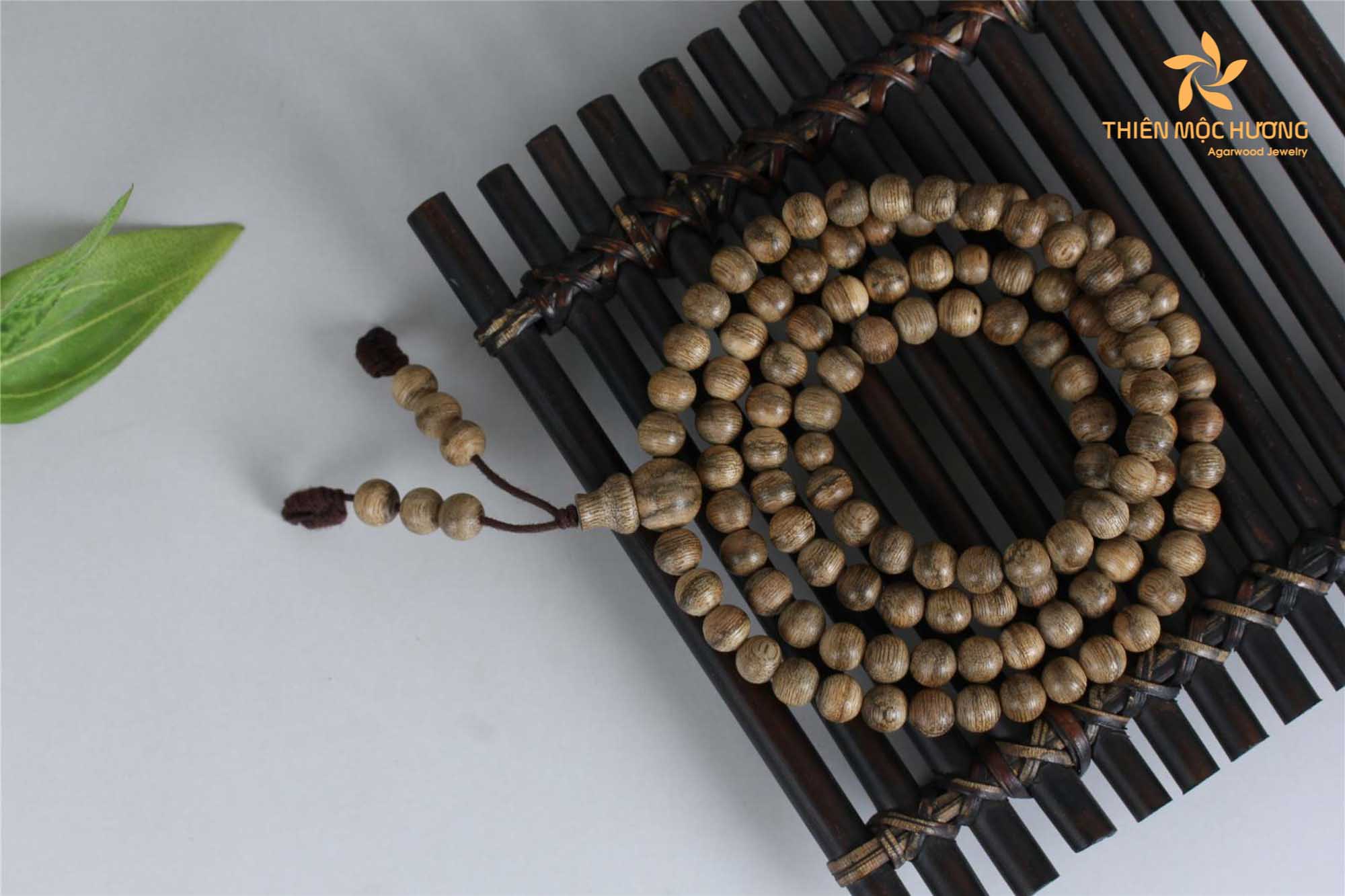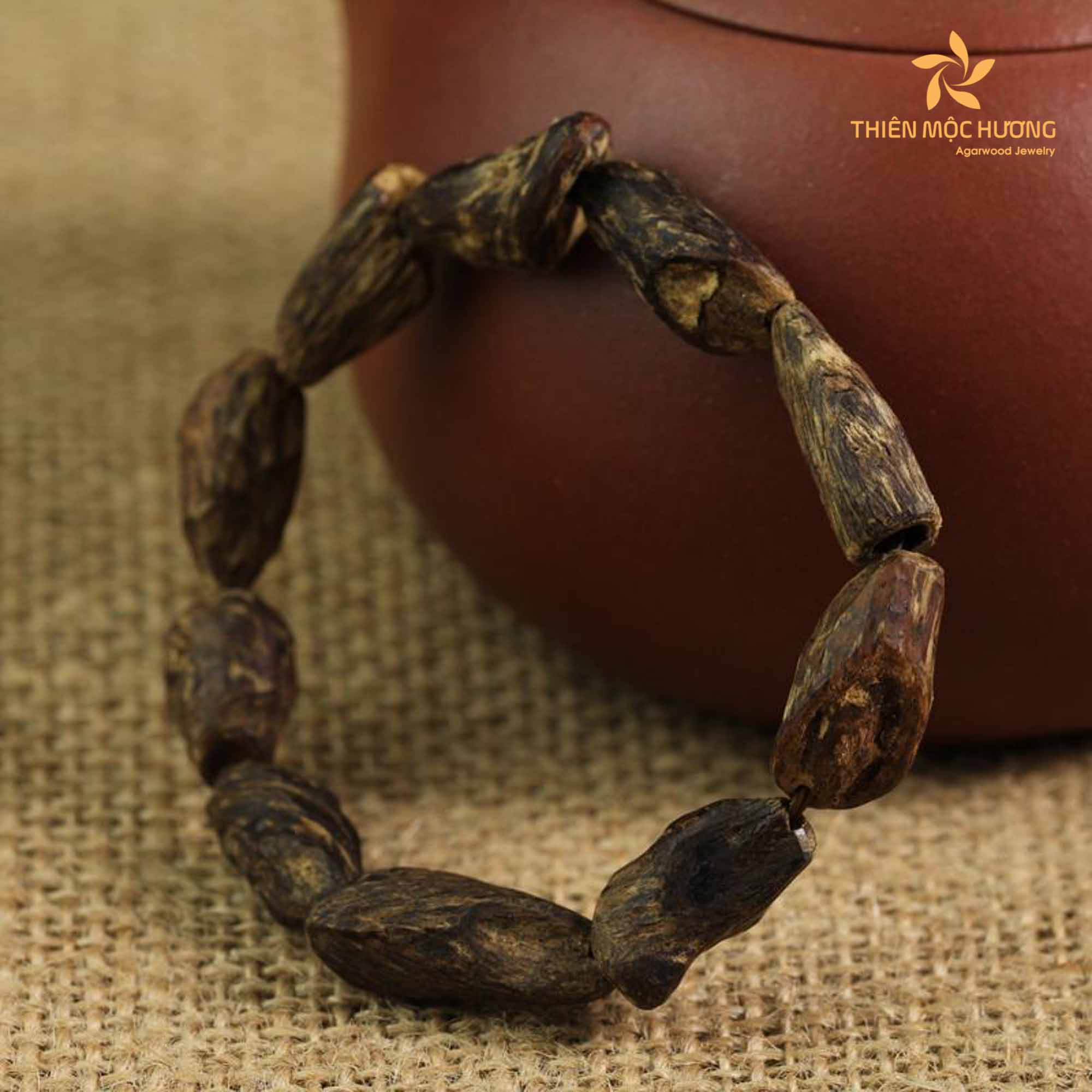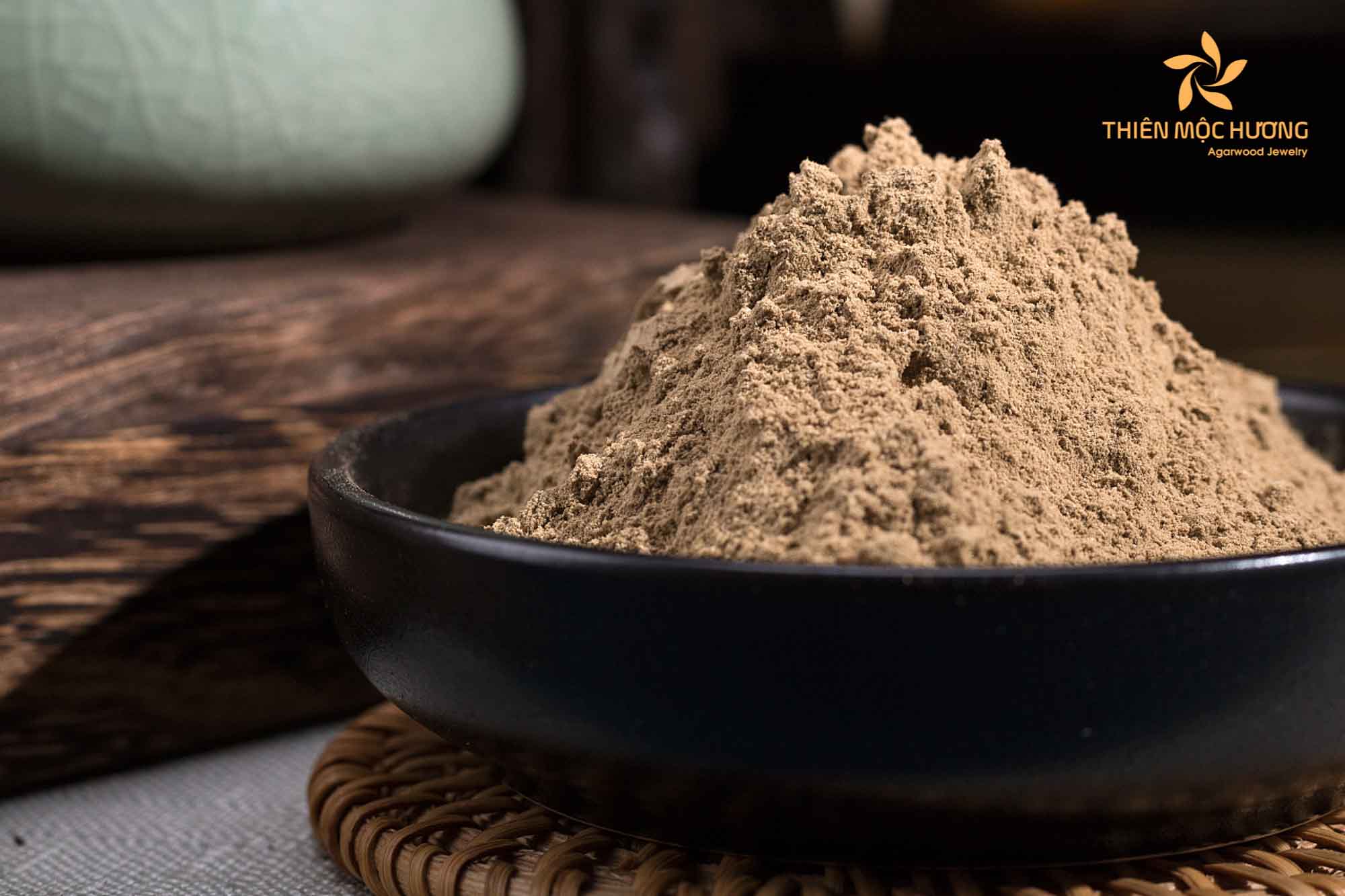When it comes to the world of aromatic woods, two names often come to the forefront: Agarwood and Sandalwood. Both revered for their distinct scents and varied uses across cultures, they have been prized possessions in many ancient traditions. However, “Agarwood vs Sandalwood” is a common point of discussion, especially among those new to the realm of fragrant woods. This article delves into the core distinctions between the two, ensuring you can confidently discern one from the other.

I. Is agarwood same as sandalwood? Difference between them
Agarwood and sandalwood are not the same. They are two distinct types of woods, each with its own unique characteristics, origins, and uses.
- Agarwood: This is a resin-rich wood that has matured over several years. The wood structure is somewhat porous, and its hue is a diverse blend, featuring shades of yellow, black, and maroon that create a vibrant contrast.
- Sandalwood: The heartwood of sandalwood is naturally aromatic. It boasts a firm texture and a sleek finish, distinguished by clear growth ring patterns. Its color palette is more consistent, tending towards a soft yellow-brown or deep brown, with the shade intensifying as time passes.
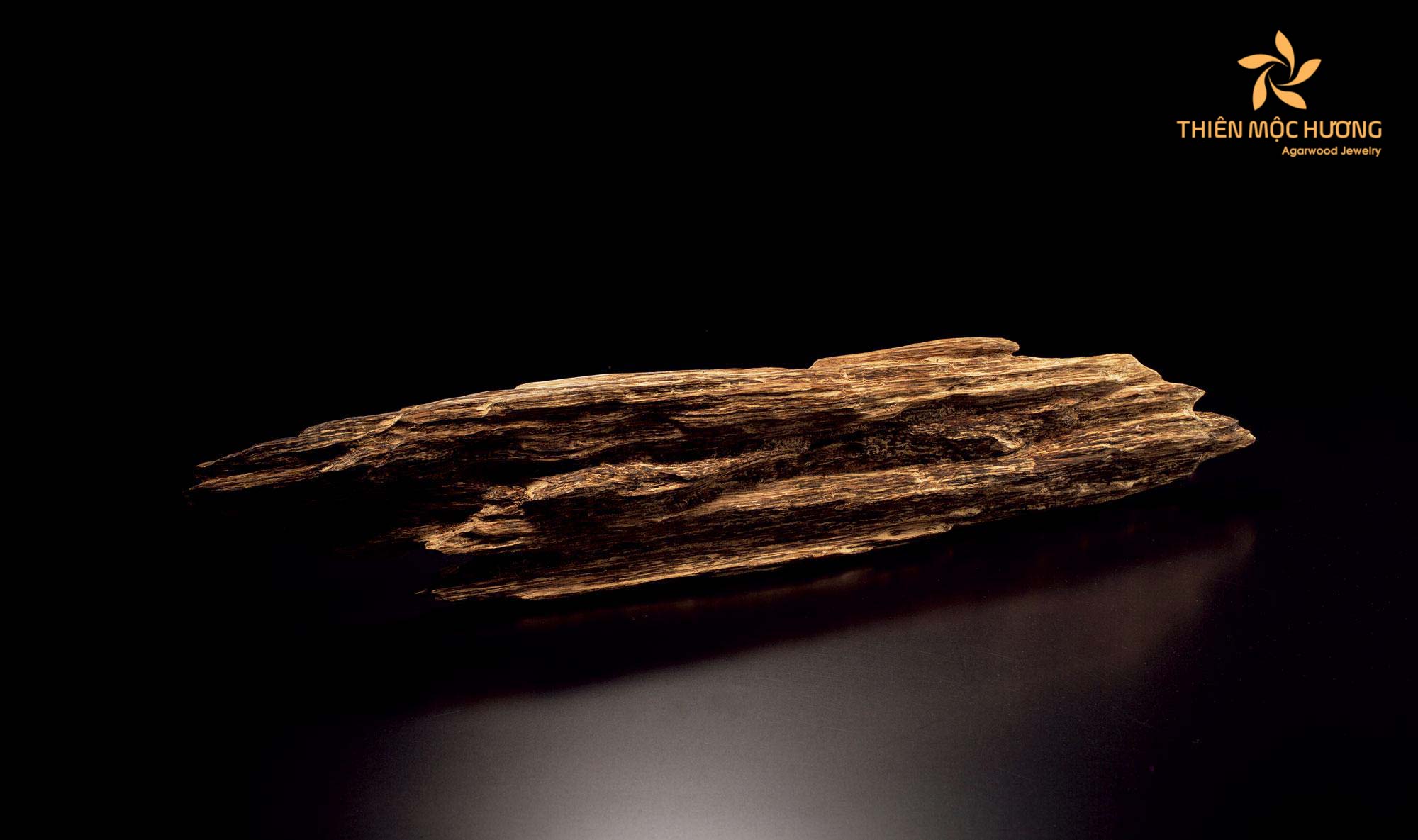
II. Agarwood vs Sandalwood – Origins and distribution
1. Agarwood origins and distribution
Agarwood originates from the Aquilaria and Gyrinops trees, predominantly found in the Southeast Asian regions. When these trees are infected with a specific type of mold, they produce a resin to combat the infection. This resin-infused wood, over time, becomes the coveted agarwood.
2. Sandalwood origins and distribution
Sandalwood hails from the genus Santalum. The most renowned variety is the Indian Sandalwood (Santalum album), native to South India. There are, however, other varieties found in Australia and other parts of the Pacific.
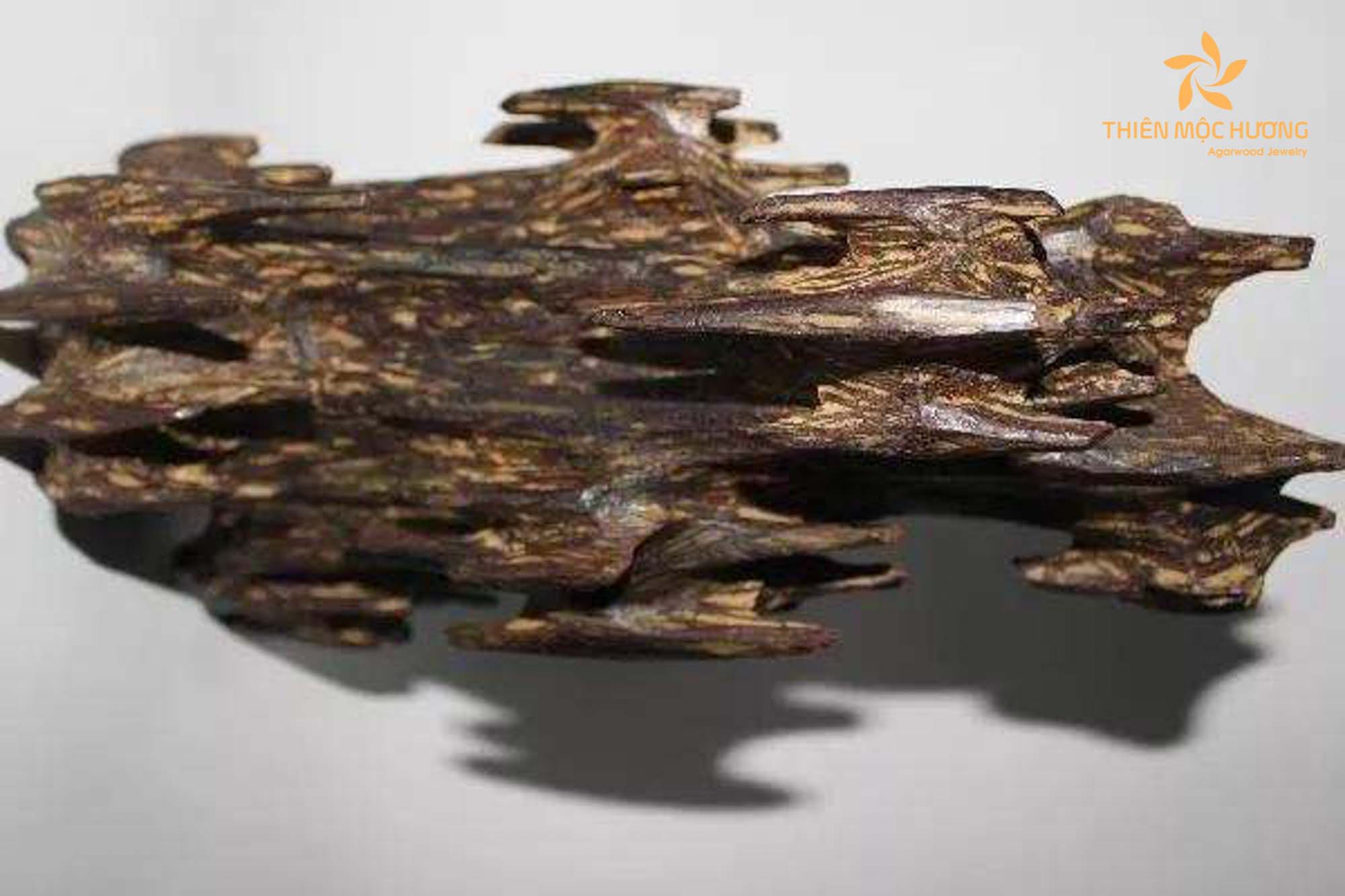
III. Agarwood vs Sandalwood smell and olfactory notes
1. Agarwood smell and olfactory notes
Agarwood offers a complex scent profile. Depending on its origin and age, the scent can vary from deep woody and smoky to sweet and fragrant with a touch of balsamic undertones. The scent is rich and can linger for an extended period, making it a favorite for luxury perfumes.
2. Sandalwood smell and olfactory notes
Sandalwood is celebrated for its creamy, soft, and milky woody scent. There are hints of sweetness, which some describe as reminiscent of warm milk, fresh woods, or even soft leather. Just like agarwood, its scent is long-lasting, which is why it’s widely used in both perfumes and therapeutic oils.
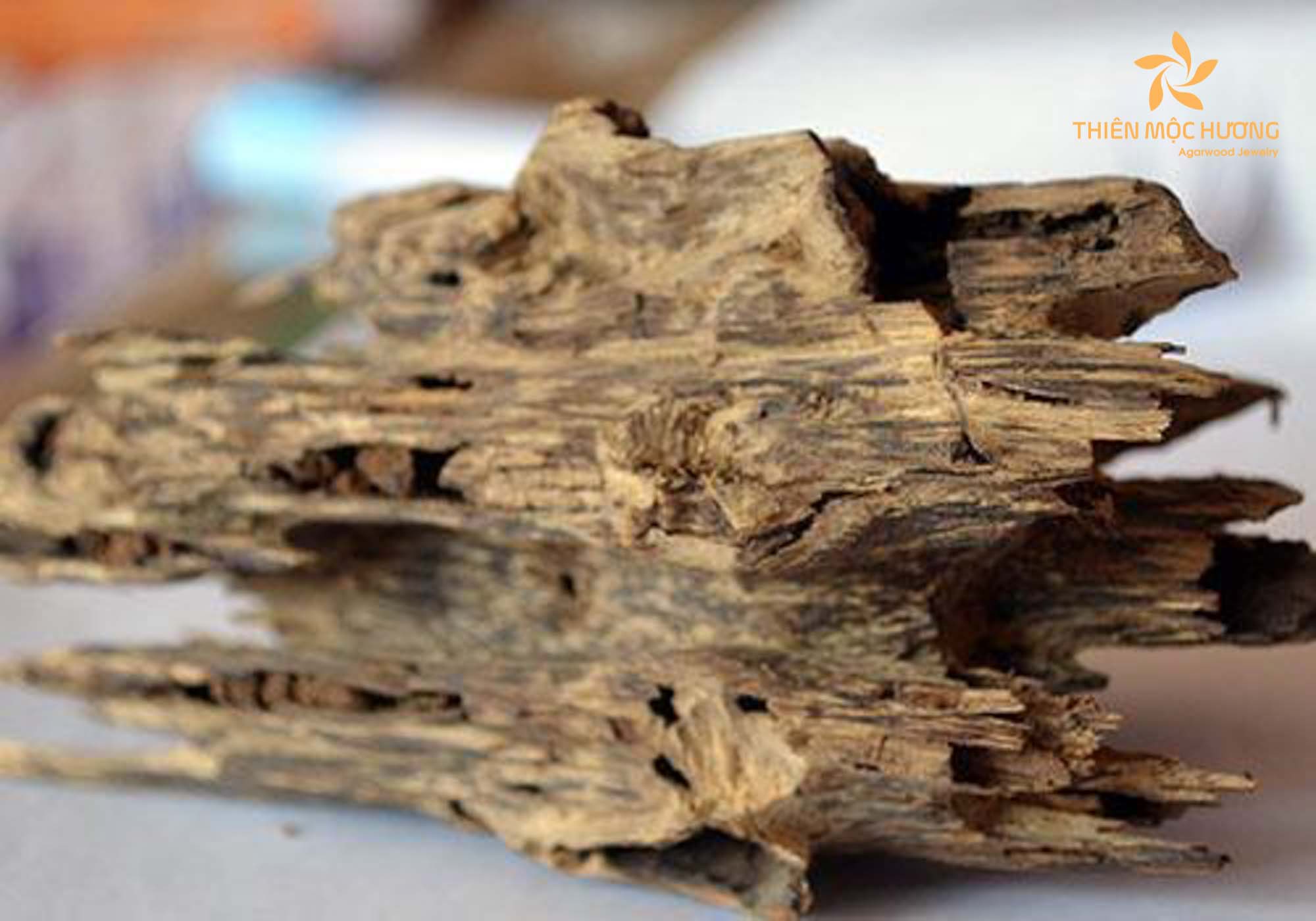
IV. Agarwood and Sandalwood – Uses and Applications
1. Agarwood uses and applications
Perfumery: Agarwood’s unique and rich fragrance makes it a base note in many luxury perfumes.
Spiritual practices: Used in incense form, it’s a part of religious rituals in many Asian cultures.
Medicinal purposes: Traditional medicine in some Asian countries uses agarwood to treat various ailments.
2. Sandalwood uses and applications
Skincare: Thanks to its soothing properties, sandalwood is a frequent ingredient in cosmetics and skincare products.
Spiritual rituals: Sandalwood incense sticks are popular in religious ceremonies.
Aromatherapy: Its calming scent makes it a favorite choice for relaxation and meditation sessions.
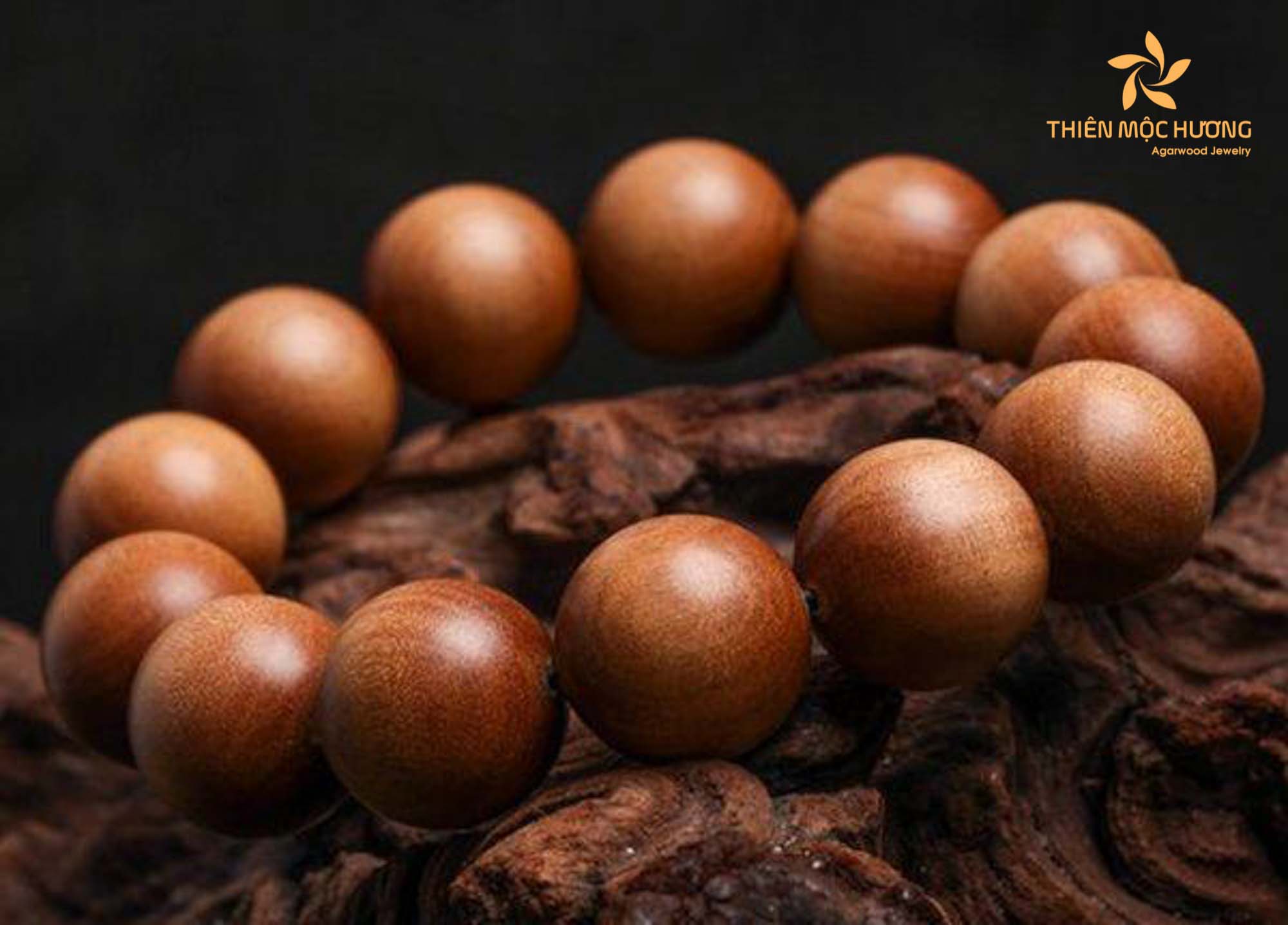
V. Agarwood vs Sandalwood – Sustainability and Conservation
1. Agarwood sustainability and conservation
The demand for agarwood has led to significant deforestation, placing several Aquilaria species on the endangered list. Sustainable and controlled farming initiatives are now in place to counteract overharvesting.
2. Sandalwood sustainability and conservation
Sandalwood trees take about 15-20 years to mature, and with the increasing demand, there’s been illegal logging and smuggling. This has prompted regulations, ensuring the cultivation and harvesting are sustainable and not damaging to the environment.
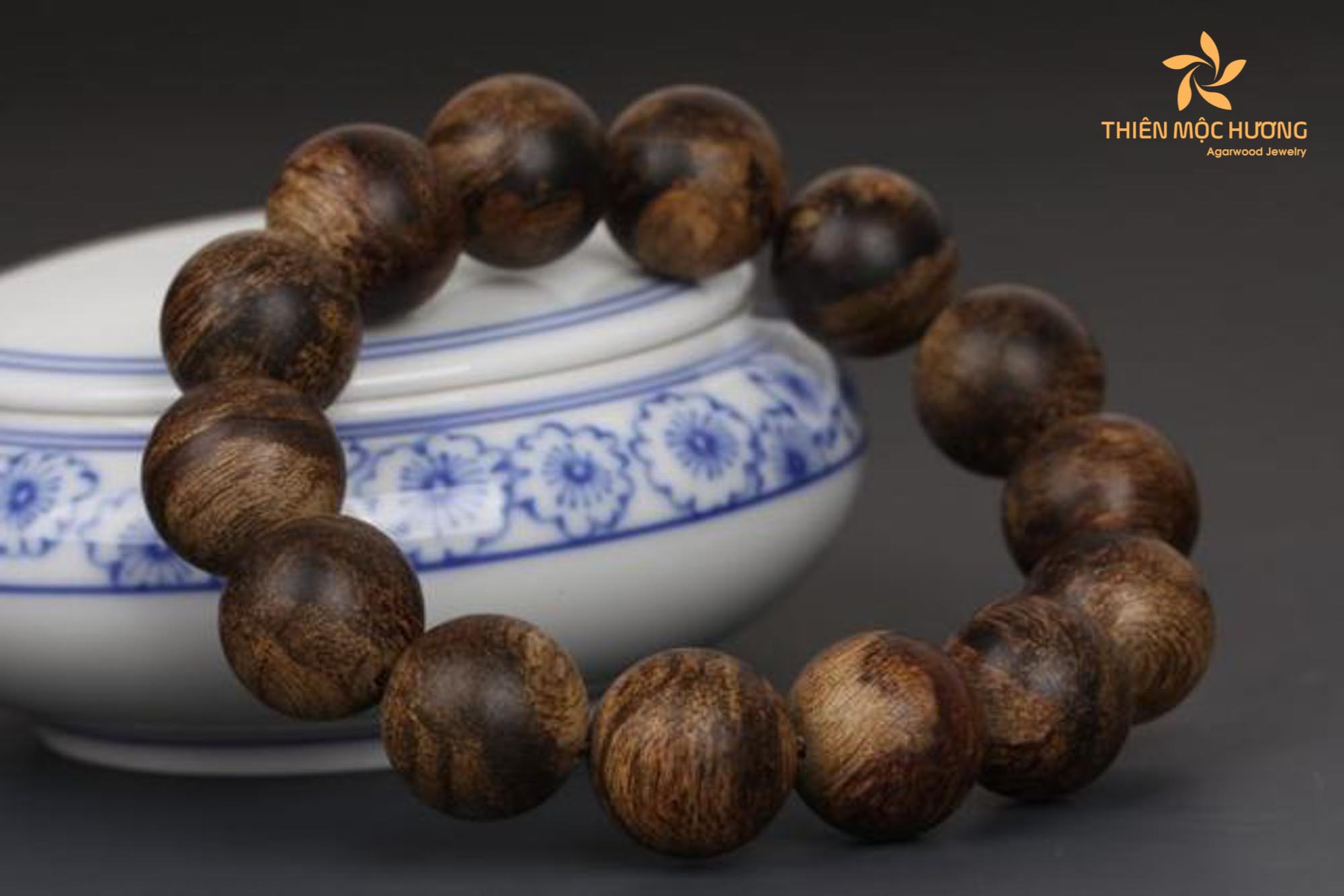
VI. Agarwood vs Sandalwood price and market value
1. Agarwood market value
Given its rarity and the specific conditions required for its formation, agarwood can be expensive, especially the higher quality grades.
2. Sandalwood market value
Pure sandalwood, especially the Indian variety, can command high prices due to its demand in cosmetics, perfumery, and religious ceremonies. The market also sees cheaper alternatives and synthetics due to its limited supply.

VII. FAQs about Agarwood vs Sandalwood
Conclusion
In the “Agarwood vs Sandalwood” debate, it’s evident that while they share some similarities in their aromatic journeys, their origins, uses, and characteristics vary immensely. Both have carved a niche for themselves in the world of fragrances and rituals. Whether you’re drawn to the deep, mysterious scent of agarwood or the soft, calming notes of sandalwood, it’s undeniable that both woods offer an unmatched aromatic experience. If you’re looking to dive deeper into their world, remember to always choose sustainable and authentic sources, ensuring the preservation of these aromatic treasures for generations to come.
(587)







